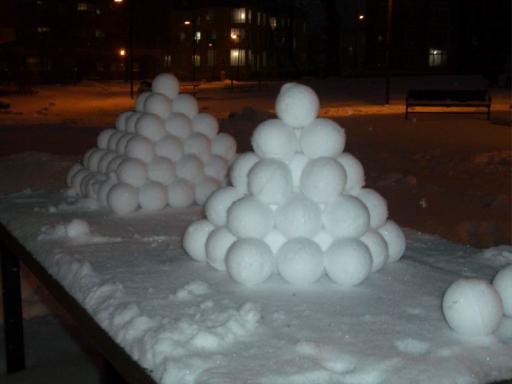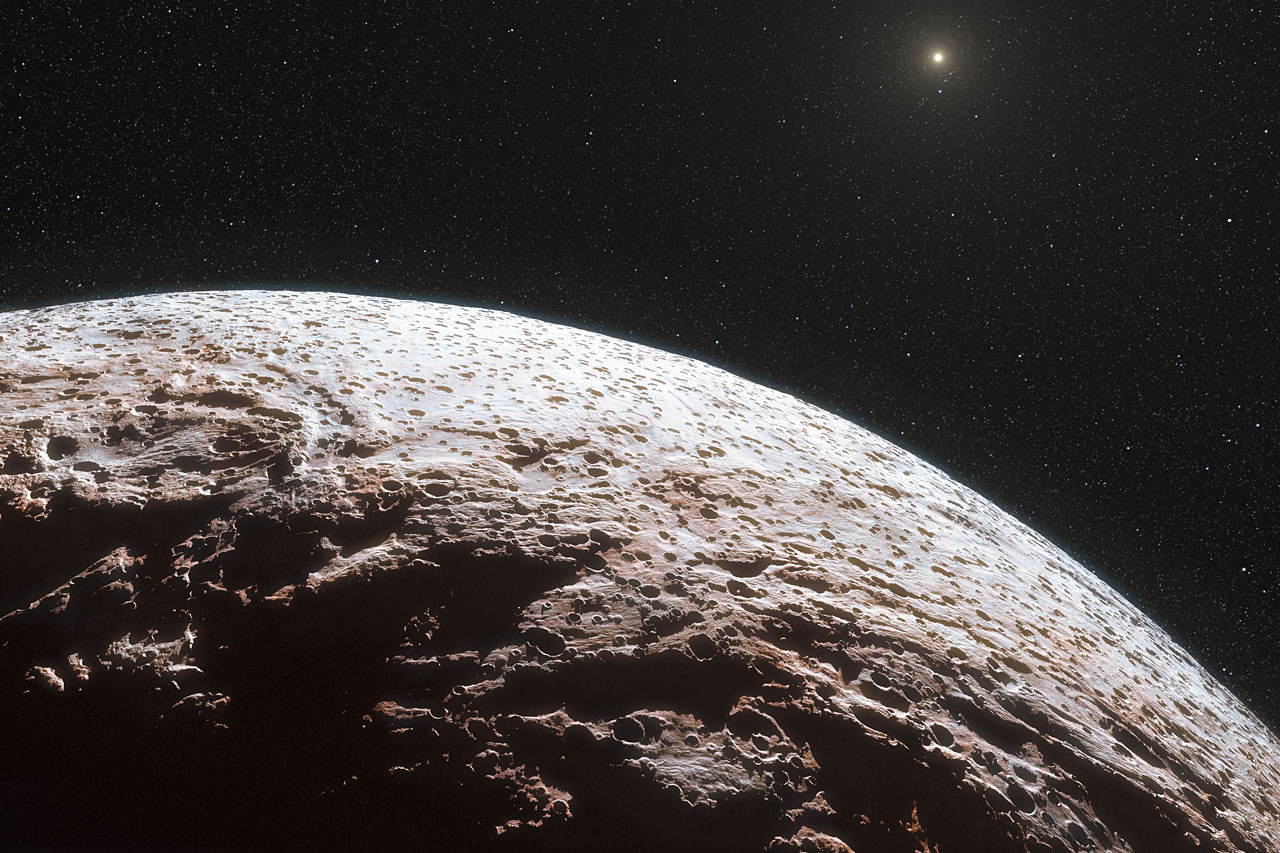Update from Samantha on her paper that just came out today
---------------------
The green curve is our model’s predictions for the proposed hot spot. Like you saw in the first figure, it underestimates the nighttime temperature from Galileo on the left and overestimates the daytime temperature from ALMA on the right. To test the hypothesis of subsurface heating, we increased the heat flow in our model, which produced the red curve. In this case, the amount of extra heating needed to match the Galileo nighttime temperature created a daytime temperature that is much higher than we observe with ALMA. However, when we simply increased the model thermal inertia (with a small albedo adjustment within our uncertainties), we were able to fit both temperatures well. Sadly, this suggests that the potential hot spot associated with the potential plumes is most likely just a spot with a higher than average thermal inertia, making it especially good at retaining daytime heat into the night.
---------------------
In the months since I first posted about the potential hotspot on Europa associated with a potential plume on Europa, I’ve been refining our computer model and digging deeper into trying to understand what is going on. As you’ll remember from the last post, a potential plume spotted on Europa looked like it might be coming from a spot that the Galileo spacecraft had earlier shown was hotter at night than it should be. We discussed two potential explanations for this night time hot spot. The more exciting explanation was that the spot in question could be experiencing excess subsurface heat flow due to recent or ongoing geologic activity, as one might expect from an area with potential active plumes or geysers or volcanoes or whatever. The other possibility was that the spot may be hot at night due to its specific thermal properties, particularly its thermal inertia. A high thermal inertia could keep the location warm during the night, but it would also make the same spot harder to heat up during the day – think about how pavement stays warm after a hot day long after the sun has done down but is also cooler than it should be in the morning. A spot actively heated by geologic activity, in contrast, would maintain elevated temperatures throughout the day-night cycle.
With only the Galileo night time temperature measurements, there was no way to know which of these two scenarios was occurring. Luckily, we have recently obtained daytime temperature measurements using the new massive new ALMA telescope in Chile. Our daytime ALMA observations allow us to tell the difference between these two scenarios. We left you last time with the puzzling observation that the potential hot spot was actually a little colder in the ALMA daytime image than our model predicted. After extensive testing and refinement of the model, that finding remains true. Here is our updated data-model comparison.


The location of the proposed hot spot is indicated by the white circle and, relative to our model, it is cold during the day and hot at night. At first glance, this pattern seems more like a potential thermal inertia anomaly than an active hot spot. To look a bit closer, we modeled the location throughout the Europa day to better examine the day-night temperature profile and see what it would take to fit both the Galileo and ALMA temperatures. Below you can see our three modeled scenarios.


The green curve is our model’s predictions for the proposed hot spot. Like you saw in the first figure, it underestimates the nighttime temperature from Galileo on the left and overestimates the daytime temperature from ALMA on the right. To test the hypothesis of subsurface heating, we increased the heat flow in our model, which produced the red curve. In this case, the amount of extra heating needed to match the Galileo nighttime temperature created a daytime temperature that is much higher than we observe with ALMA. However, when we simply increased the model thermal inertia (with a small albedo adjustment within our uncertainties), we were able to fit both temperatures well. Sadly, this suggests that the potential hot spot associated with the potential plumes is most likely just a spot with a higher than average thermal inertia, making it especially good at retaining daytime heat into the night.
Прогнозы неоднозначны. На сайте Пин Ап представилась возможность сделать свои предсказания. Как показывает статистика ставок, горячая точка может оказаться именно здесь
You might rightly be wondering why this one spot should have such a relatively high thermal inertia. The answer could be because of its proximity to Pwyll, the biggest, freshest crater on Europa. Pwyll Crater is just below and to the right of the proposed plume location and, interestingly, is even more anomalous. It is also cold during the day, and it is the big, obvious red anomaly on the night side. So, it is not just the proposed plume source that appears to have an elevated thermal inertia, but the entire Pwyll Crater region. This could be because material ejected during crater formation is blockier than the rest of the surface, so that it acts more like rock than sand. It’s also possible that the impact exposed purer water ice, allowing sunlight to penetrate deeper into the surface in this area. That sunlight would be stored as heat below the surface, which would be released slowly at night, mimicking the effects of a high thermal inertia. Really, we don’t know for sure what would cause the elevated thermal inertia, but it looks like the possibility of subsurface heating is unlikely.
So the purported hot spot is still unique, but not so hot. What does this mean for the plumes? Our observatio Tuesday, August 29, 2017



.jpg/1920px-Walvisvangst_bij_de_kust_van_Spitsbergen_-_Dutch_whalers_near_Spitsbergen_(Abraham_Storck%2C_1690).jpg)



